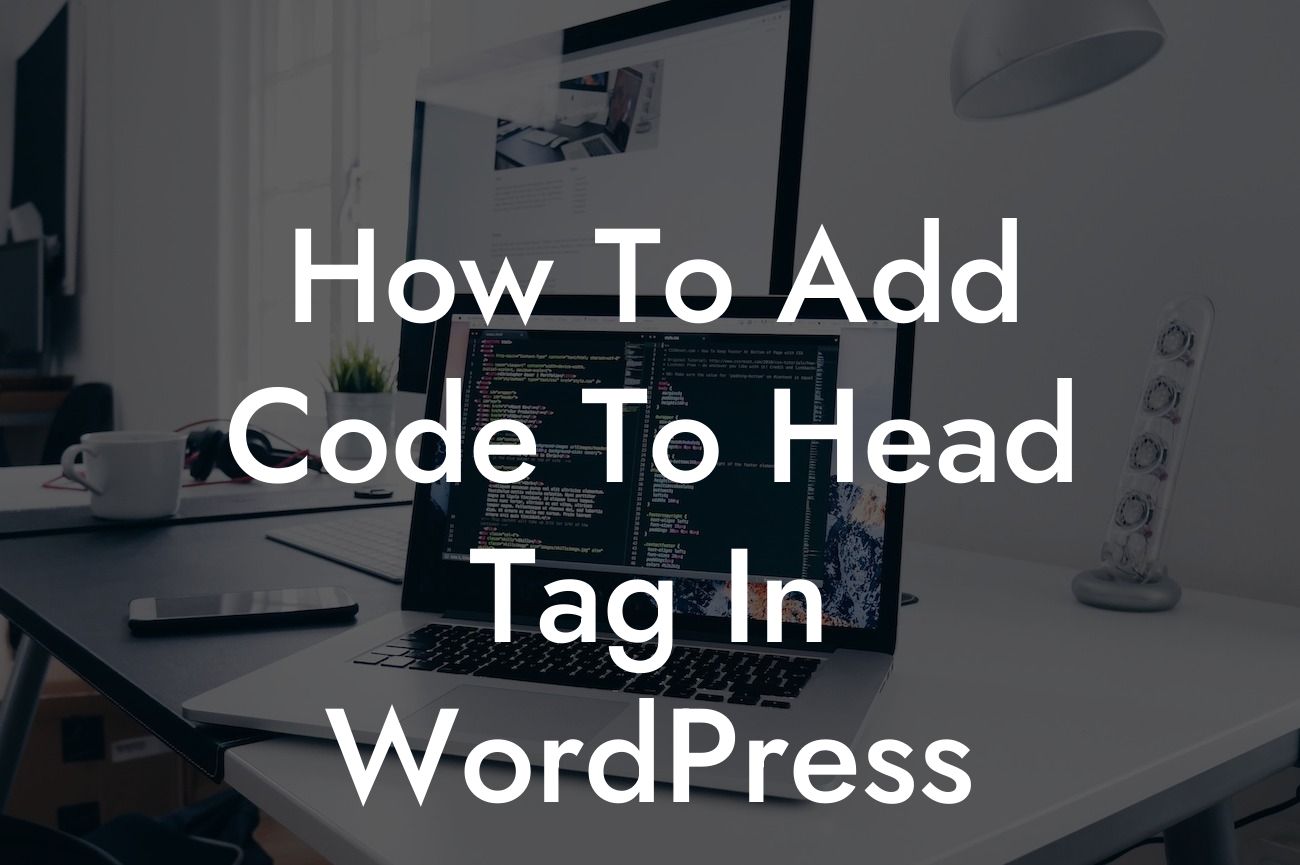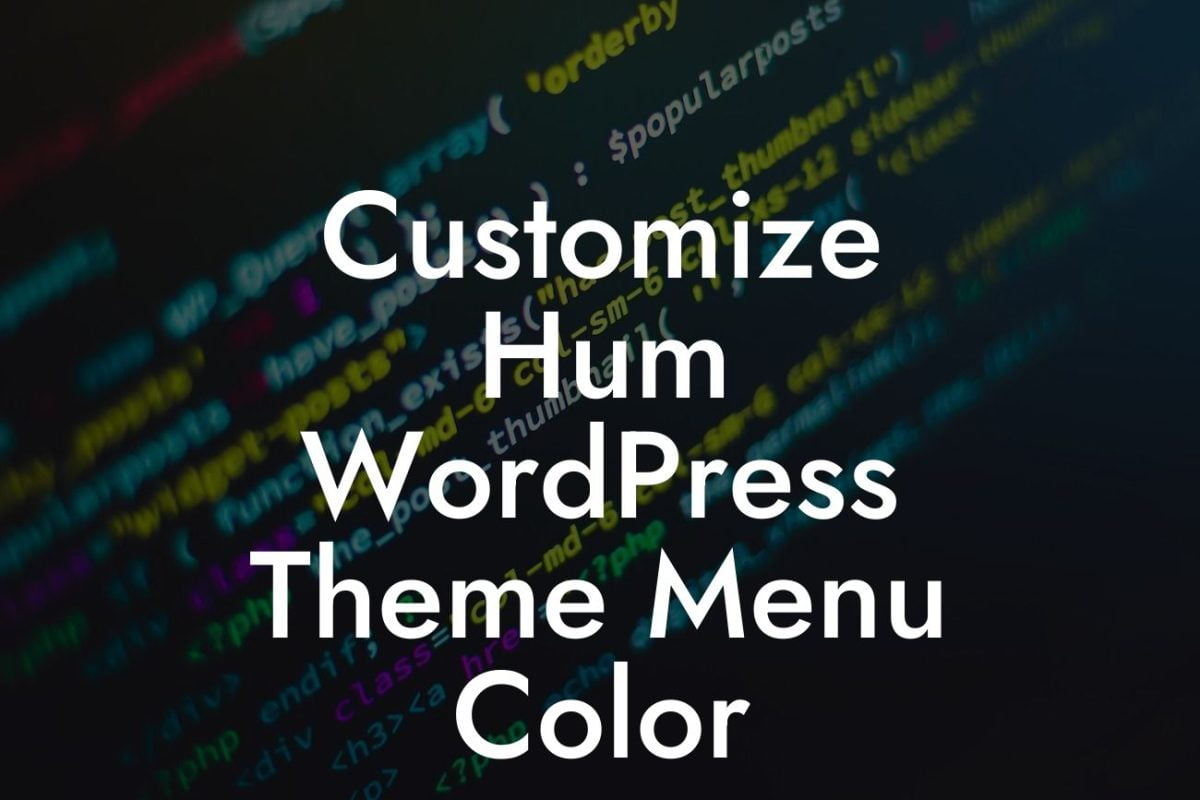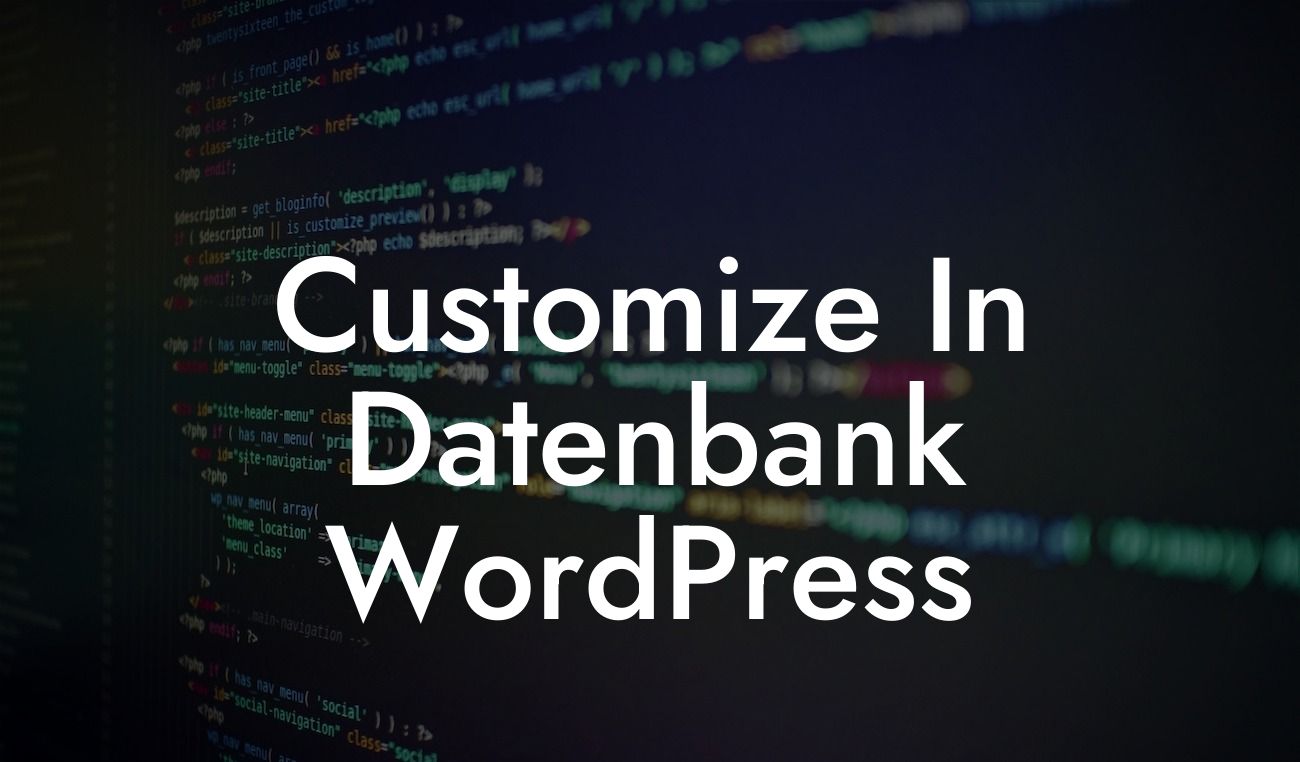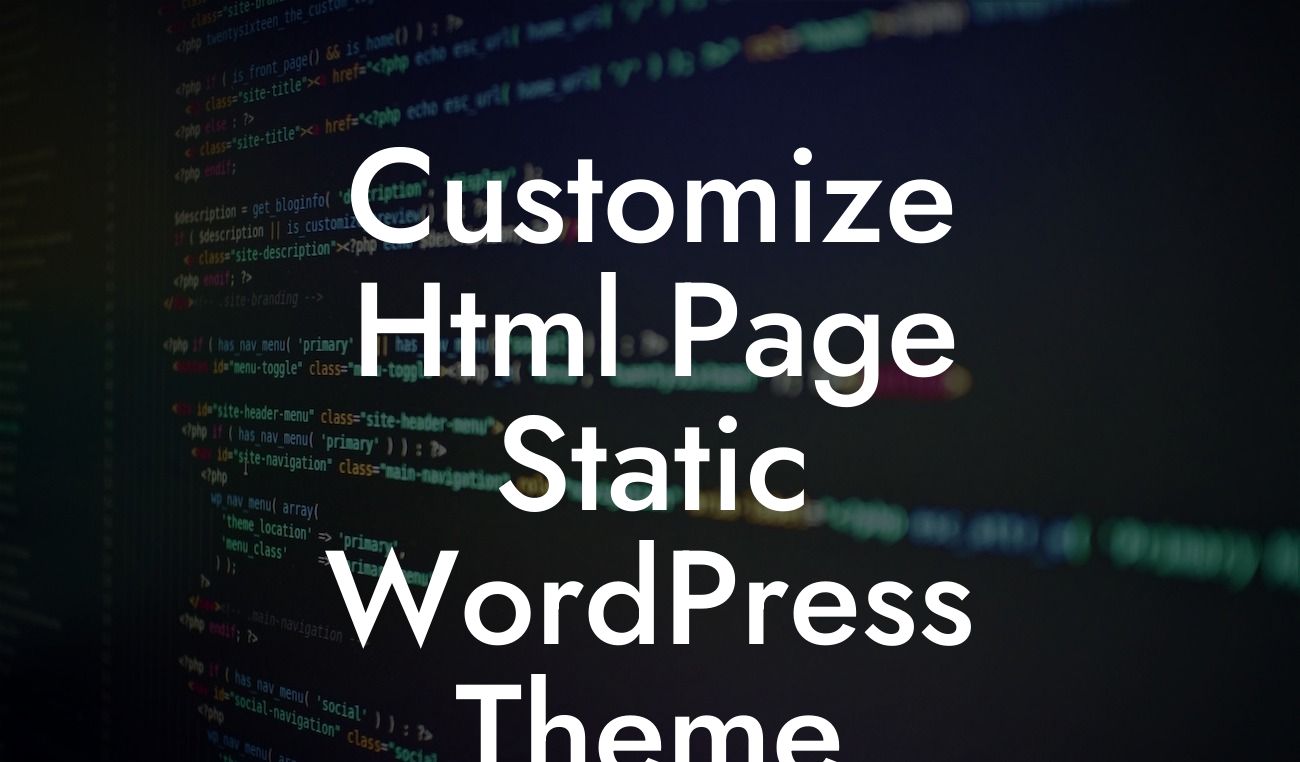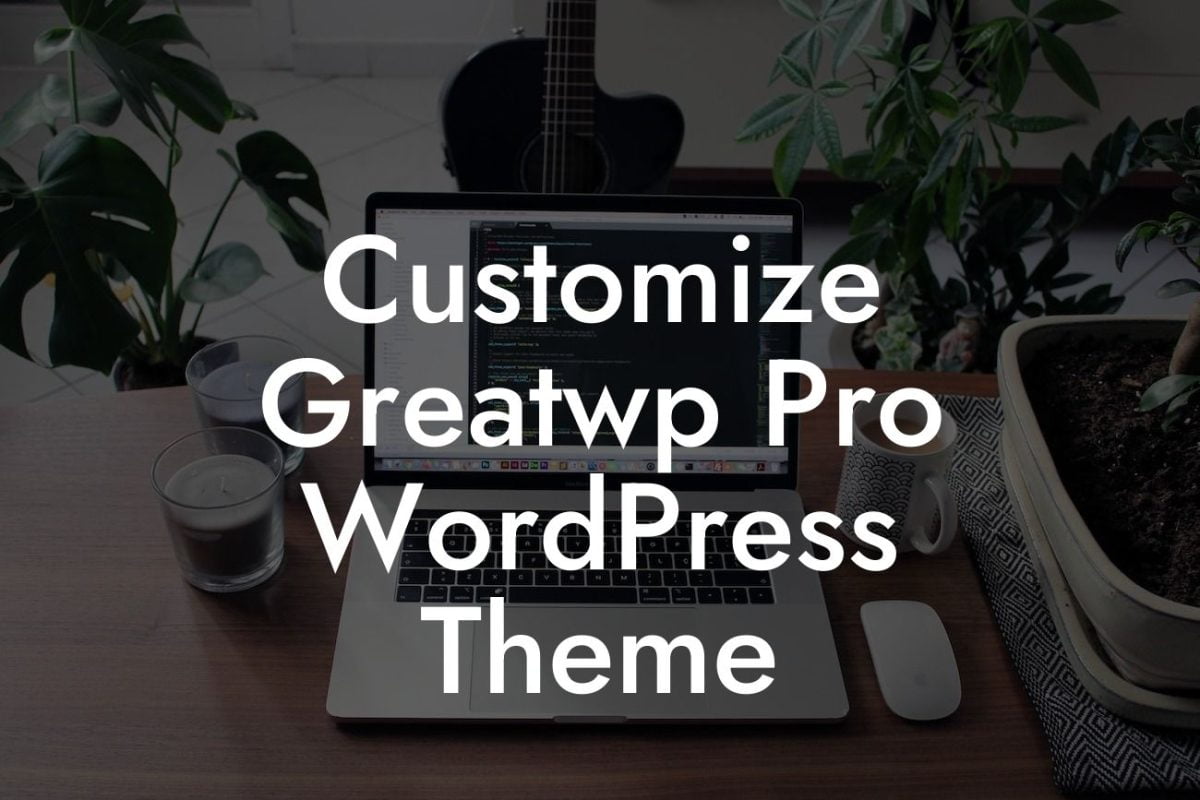WordPress is an incredibly versatile platform for building websites, but sometimes you may need to add custom code to the head tag to optimize your website's performance or enhance its functionality. However, for small businesses and entrepreneurs with limited technical expertise, this can seem like a daunting task. But fear not! In this guide, we will walk you through the process of adding code to the head tag in WordPress, empowering you to take control of your website and unlock its full potential.
Adding code to the head tag in WordPress might sound complex, but with the right guidance, it's actually quite straightforward. Here's a step-by-step breakdown of how to do it:
1. Identify the code snippet: Before you can add code to the head tag, you need to have the code snippet ready. It can be a script for tracking analytics, adding custom CSS, or any other functionality you desire.
2. Install and activate a custom CSS plugin: To safely add code to the head tag, we recommend using a custom CSS plugin. It allows you to add your code without modifying your theme files directly. Install and activate a suitable plugin from the WordPress plugin repository.
3. Access the custom CSS settings: Once the plugin is activated, navigate to your WordPress dashboard and find the "Custom CSS" option under the theme or plugin settings. Click on it to access the custom CSS editor.
Looking For a Custom QuickBook Integration?
4. Add the code to the head tag: In the custom CSS editor, locate the section labeled "Add code to head tag" or similar. Paste your code snippet into this section. Make sure to follow any instructions provided by the plugin to ensure proper syntax and functionality.
5. Save and test: After adding the code, save your changes and navigate to your website. Ensure that the code is working as expected by testing the desired functionality or monitoring any analytics tracking.
How To Add Code To Head Tag In Wordpress Example:
Let's say you want to add the Facebook Pixel to your WordPress site. The Facebook Pixel is a powerful tool for tracking conversions and optimizing your advertising campaigns. To add the Pixel code to the head tag, follow the steps outlined above. In the "Add code to head tag" section of the custom CSS plugin, paste the Facebook Pixel code provided by Facebook. Save your changes, and voila! Your website is now set up to accurately track conversions and leverage the full potential of Facebook's advertising platform.
By now, you've learned how to add code to the head tag in WordPress, empowering you to optimize your website's performance and unlock new functionalities. Don't stop here! Explore other insightful guides on DamnWoo to further enhance your WordPress expertise. And if you're looking for effortless ways to supercharge your website, browse our awesome plugins designed exclusively for small businesses and entrepreneurs. Remember to share this article with others who can benefit from this knowledge and embark on their own WordPress journey. Stay tuned for more exciting content from DamnWoo!

